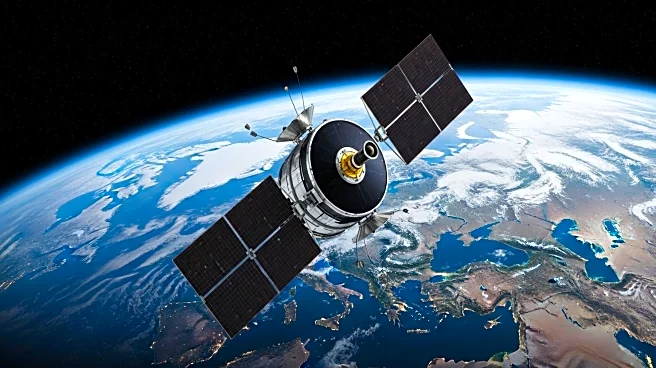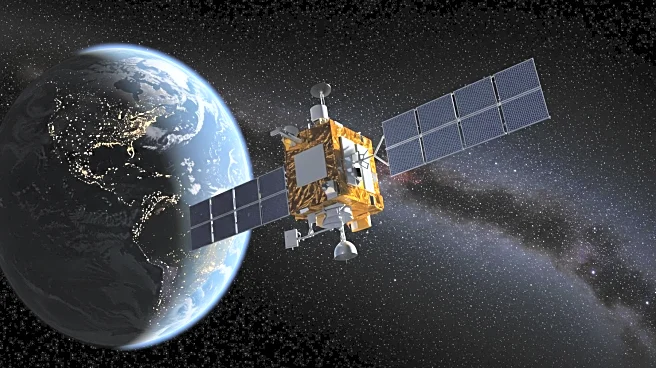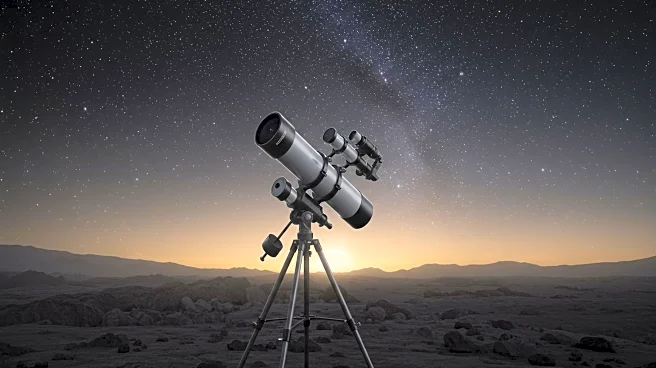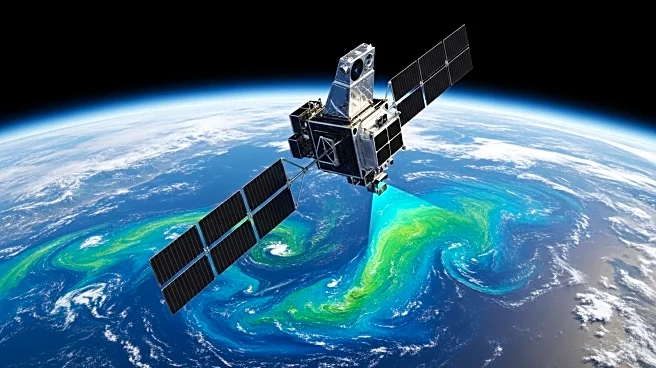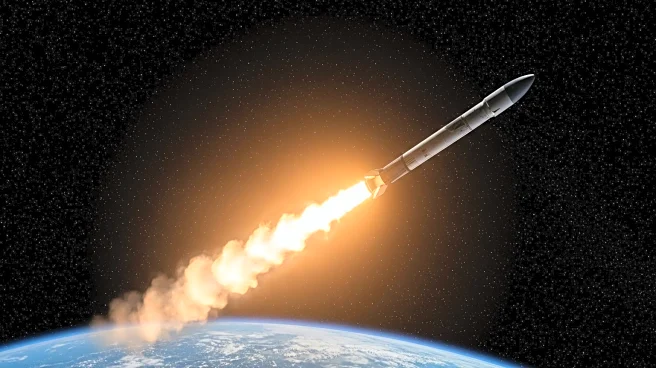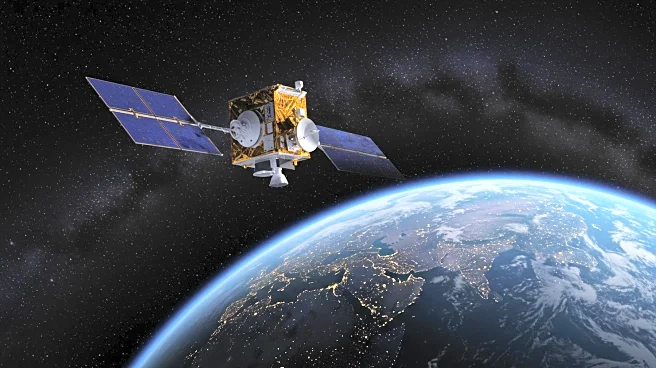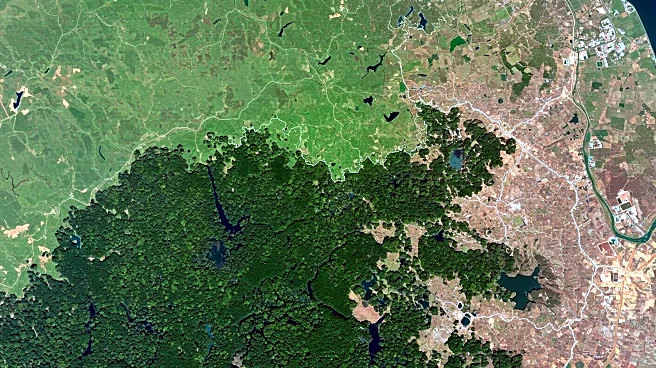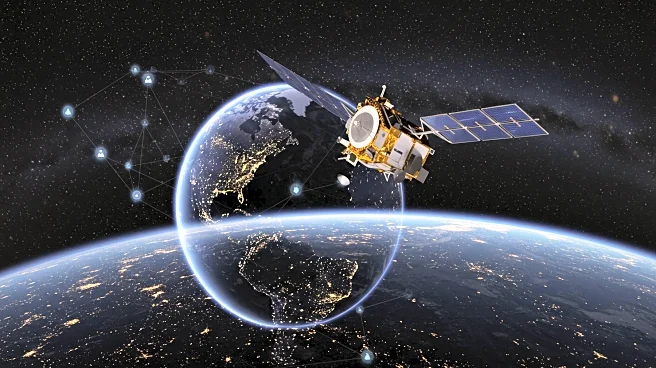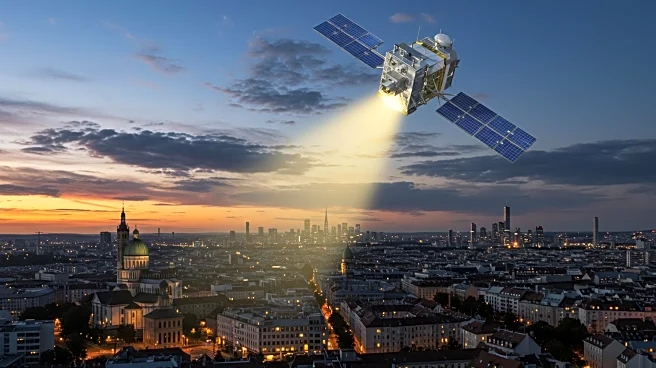Rapid Read • 8 min read
NASA, in collaboration with the European Space Agency (ESA), has advanced Earth monitoring capabilities through the Harmonized Landsat and Sentinel-2 (HLS) project. This initiative combines data from Landsat and Sentinel-2 satellites to create a seamless product that improves land monitoring systems. The HLS Version 2.0 offers a global median repeat frequency of 1.6 days, significantly enhancing the ability to track short-term events such as floods and disaster recovery. The project aims to address the limitations of Landsat's eight-day revisit time by integrating Sentinel-2 data, thereby providing more frequent observations. The HLS data are accessible through NASA Earthdata and Google Earth Engine, supporting various applications like crop mapping and disaster management.
AD
The collaboration between NASA and ESA in the HLS project is crucial for improving the accuracy and frequency of Earth observation data. This enhanced capability allows for better monitoring of environmental changes, urbanization, and agricultural practices. The increased observation frequency aids in timely disaster response and resource management, benefiting agencies like the U.S. Department of Agriculture and FEMA. By providing near-global coverage, the HLS project supports efforts to address climate change, deforestation, and other environmental challenges. The integration of satellite data from multiple sources ensures comprehensive monitoring, which is vital for informed decision-making in public policy and environmental conservation.
The HLS project is set to continue evolving with the launch of future Sentinel and Landsat satellites, which will further enhance data quality and frequency. NASA is working on improving algorithms for seamless data harmonization and cloud masking, alongside developing a low-latency HLS surface reflectance product. These advancements will support more precise tracking of environmental changes and disaster impacts. The ongoing collaboration between NASA, ESA, and other agencies will likely lead to new applications and improved monitoring systems, addressing the growing need for high-quality satellite observations.
The HLS project not only improves technical capabilities but also fosters international collaboration in space technology and Earth observation. This partnership between NASA and ESA exemplifies how global cooperation can lead to significant advancements in monitoring and managing Earth's resources. The project's success may encourage further collaborative efforts in other areas of space exploration and environmental science, highlighting the importance of shared knowledge and resources in tackling global challenges.
AD
More Stories You Might Enjoy
